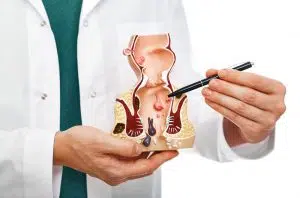Fistulas
Fistulas

Fistula Formation
The body is full of potential entry points for fistulas. Their formations are possible between:
- Venous and arterial systems
- The skin’s epidermis and bile ducts (from gallbladder surgery)
- Intimate anatomical structures, specifically the cervix and vagina
- Regions of the neck and throat
- Between the bones of the skull and the nasal cavities.
- Colon and vaginal
- The colon and the skin, resulting in defecation passing through a route other than the anus.
- The gut and the skin’s surface
- Peritoneal space and uterus (the space between the walls of the abdomen and internal organs)
- An arterial and venous system in the lungs (results in blood not picking up enough oxygen in the lungs)
- A region between the belly button and the abdominal wall
Fistulas can form between sections of the intestine if the patient suffers from inflammatory bowel disease like Crohn’s or ulcerative colitis. Fistulas between the arteries and veins may develop after an injury.
Types
Some examples of fistulas are:
- Blind (open on one end only, but connects to two structures)
- Complete (has openings both outside and inside the body)
- Horseshoe (connects the anus to the surface of the skin after going around the rectum)
- Incomplete (a tube from the skin that is closed on the inside and does not connect to any internal structure)
Array
